Working together to protect wetlands
5 management actions carried out across wetlands
World Wetlands Day has been celebrated since 1997 to:
- raise public awareness of wetland values and benefits
- promote the conservation and wise use of wetlands
Wetlands are a critical part of our natural environment and play a key role in supporting Australia’s biological diversity. Wetlands support waterbird, fish, amphibian, reptile and plant species during important life stages by providing roosting, nesting and feeding habitat as well as refuge during extreme weather conditions.
Sydney Olympic Park works year-round to protect the Park’s wetlands against the variety of threats they face.
Wetlands of Sydney Olympic Park
Many of the Park’s estuarine wetlands were once degraded due to historical man-made modifications, with construction of seawalls and alteration to creek lines. Since the 1990s, remediation works have been undertaken to restore tidal flushing and natural functioning of these wetlands. Continual management ensures resilience of these wetlands into the future.
Many freshwater wetlands of Sydney Olympic Park were constructed during preparations for the 2000 Olympic and Paralympic Games as offset habitat for the endangered Green and Golden Bell Frog. Since construction, these freshwater wetlands have been managed and enhanced to sustain the Park’s bell frog population. These wetlands now also cater to a wide variety of wildlife species.
Protecting the Park’s wetlands
5 management actions
What are five management actions carried out across wetlands at the Park?
- Estuarine tidal restoration is ongoing, by reviving internal channels to improve water flow and reduce pooling of stagnant water. This improves the health of mangroves as root systems are not waterlogged for extended periods of time, and it reduces overabundance of nuisance-biting mosquitoes.
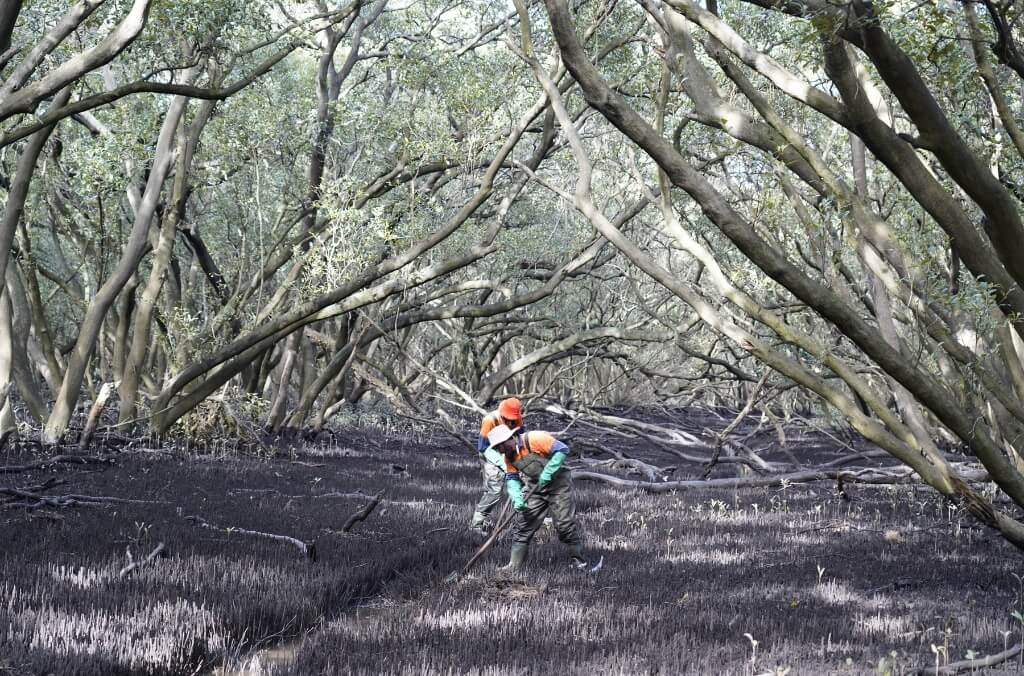
- Seasonal management of freshwater wetland water levels and estuarine tidal flow is carried out to maintain important feeding and roosting habitat for waterbirds, local shorebirds and migratory shorebirds.
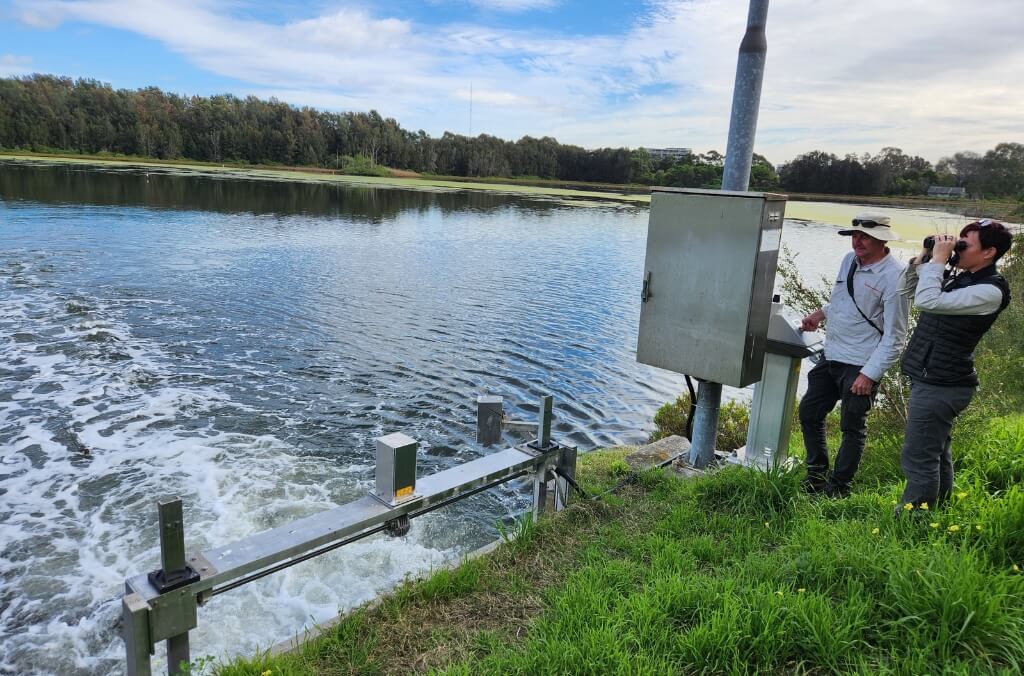
- Invasive weeds and pests introduced to freshwater and estuarine wetlands are removed, and weeds replaced with native plants to enhance habitat resilience.
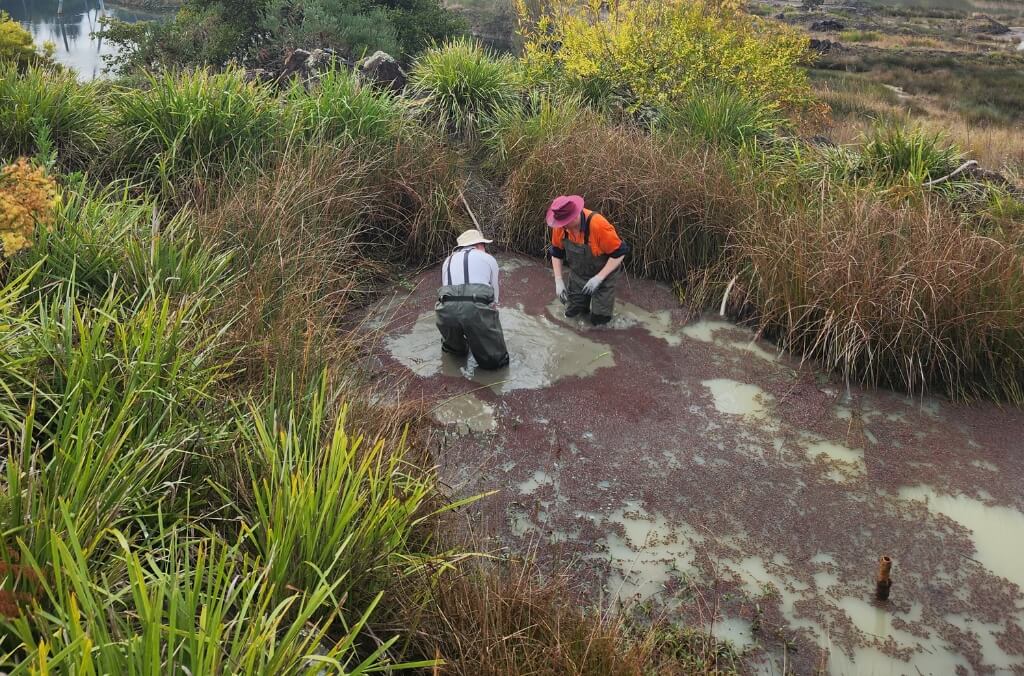
- Maintenance activities are actioned to revitalise freshwater wetland ponds that serve as breeding habitat for the endangered Green and Golden Bell Frog.
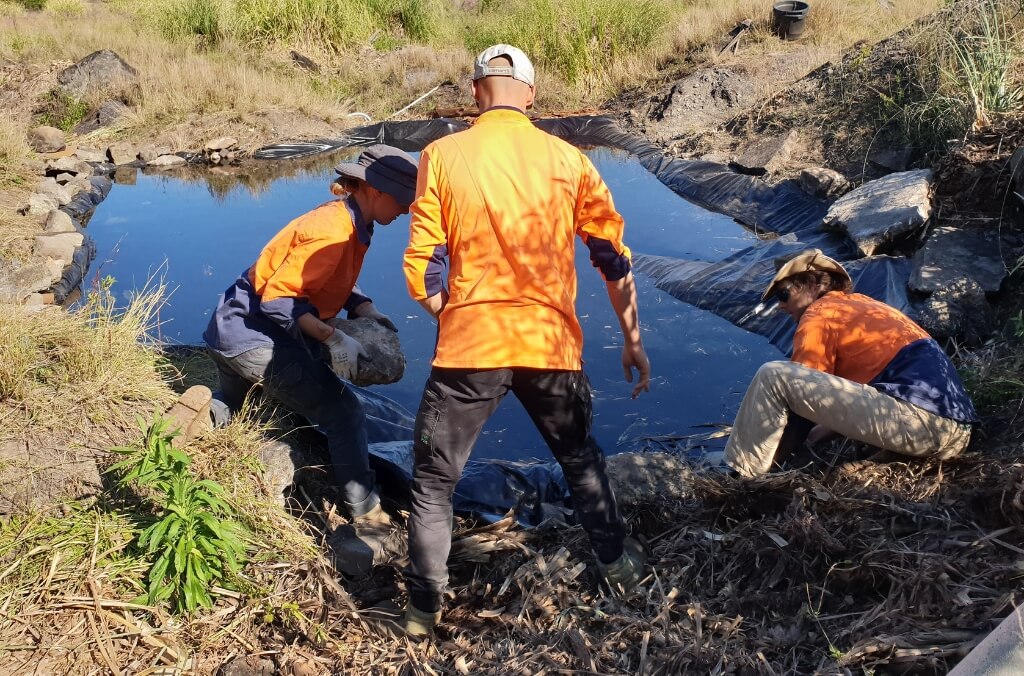
- Collection and lawful disposal of tonnes of litter captured by pollution booms, installed along creeks receiving stormwater from upstream.
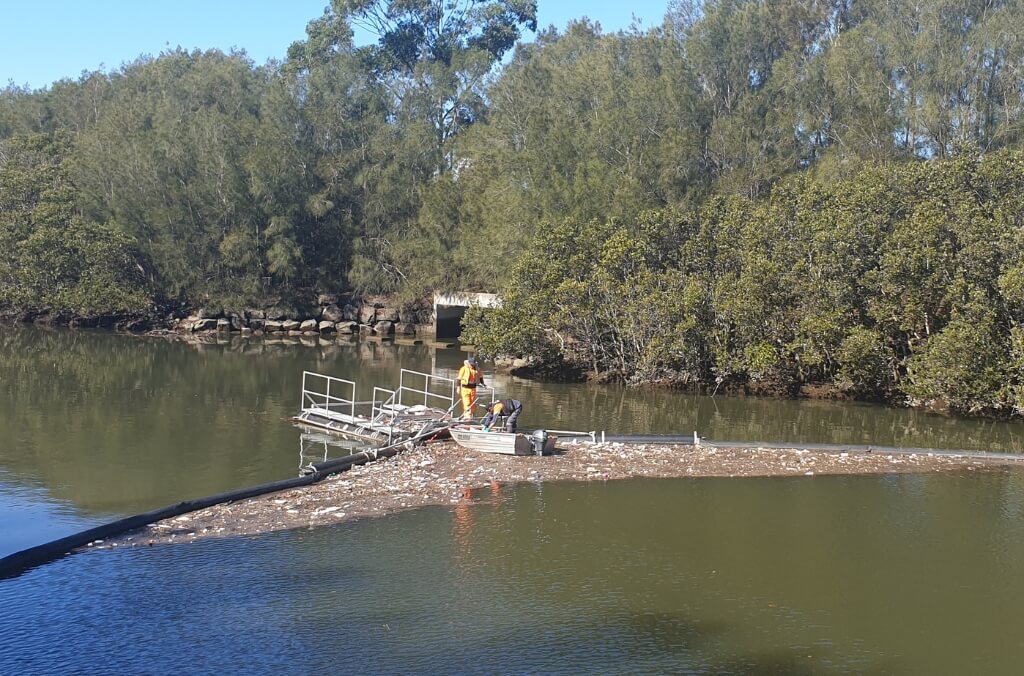
5 ways you can protect the Park’s wetlands when visiting
- Stay on designated pathways to avoid trampling of habitat and introduction of weeds, pests or diseases.
- Do no feed wildlife as this leads to various issues, including malnutrition and long-term deformities. Remember, wildlife in these habitat areas have plenty of their natural food available to them
- Make sure you keep your dog out of ‘dog prohibited’ wetland areas where the presence of dogs disturbs and distressed native wildlife (even if the dog is on a lead).
- Don’t let your rubbish escape into the environment, keep it secure until you bin it.
- Report pollution incidents that threaten to cause material harm to the environment to NSW Environmental Protection Authority (131 555).
Let’s all do our part to protect our wetlands and the biodiversity they sustain!
You might also be interested in...
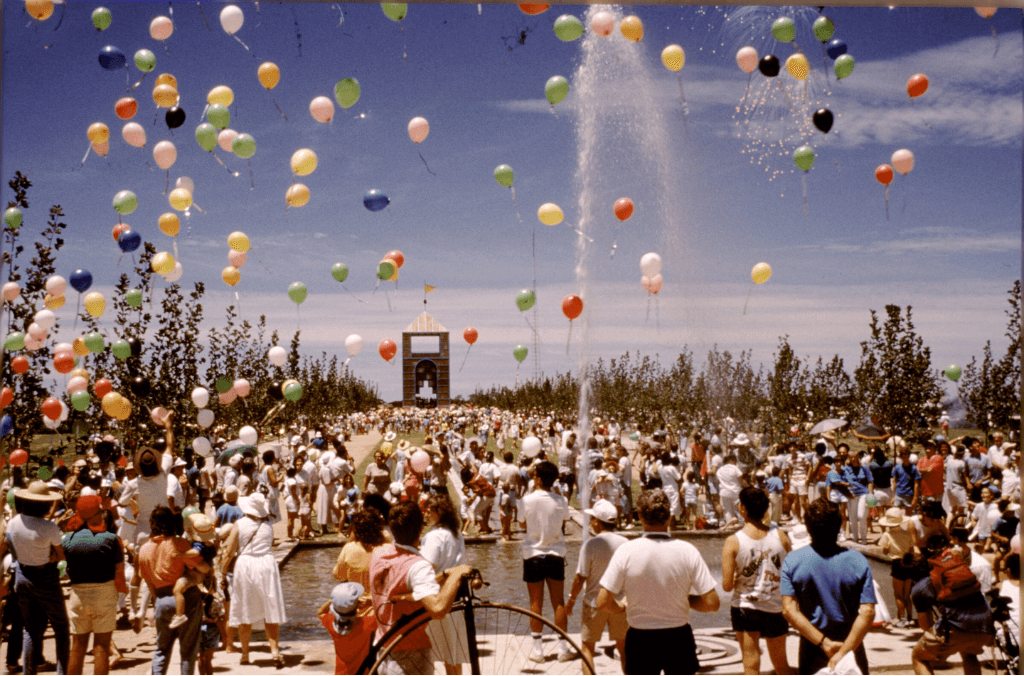

This week is Parks Week - a time of celebrating the incredible role parks and open space.
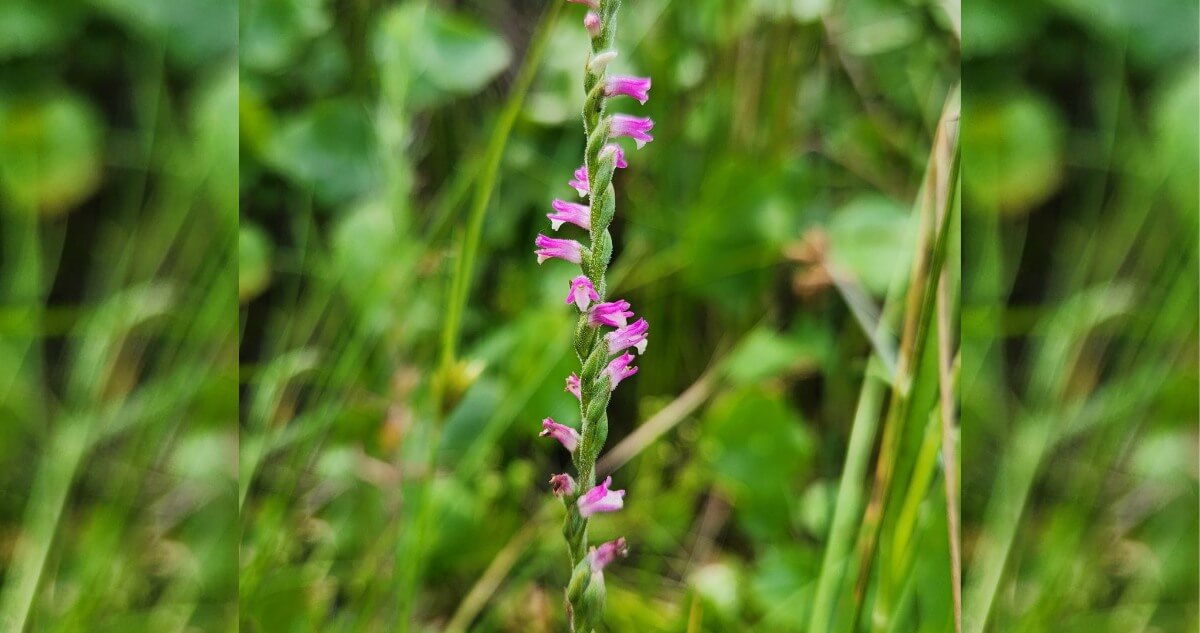

If you look closely, you may spot beautiful terrestrial orchids flowering at Sydney Olympic Park.
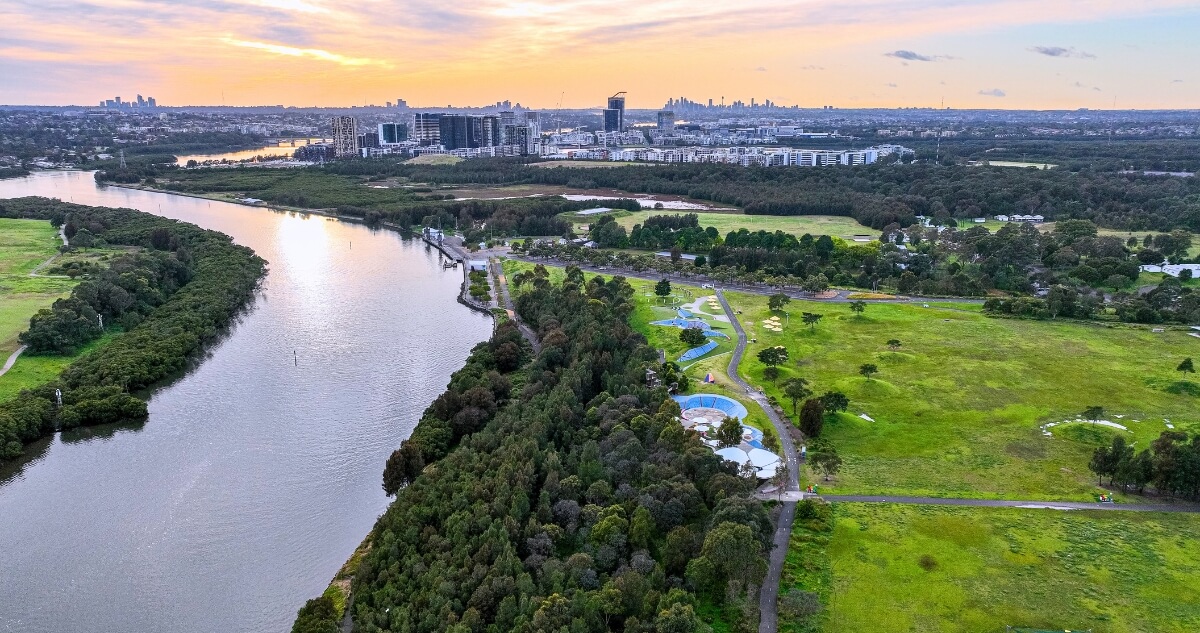

Sydney Olympic Park Authority has appointed a new Parklands Advisory Committee to help shape the future of our parklands.